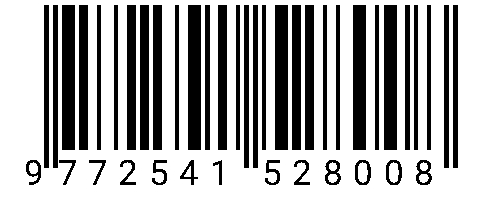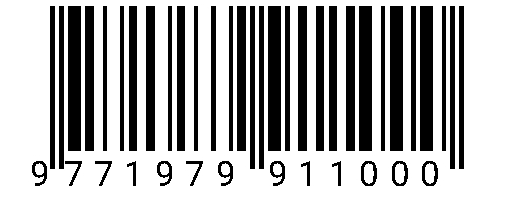PENGAMBILAN ZAT WARNA INDIGO DARI DAUN MUDA STROBILANTHES CUSIA MELALUI PROSES MASERASI MENGGUNAKAN PELARUT AIR
DOI:
https://doi.org/10.34151/prosidingsnast.v8i1.4160Keywords:
absorbance, maceration time, natural dye indigo, solvent volume, Strobilanthes cusiaAbstract
Indigo is one of the most attractive natural dyes and promising trading commodities in textile industries. It is obtained by taking dye from the Strobilanthes cusia plants. The growth of them in Indonesia are abundant, especially in Temanggung Regency. This study aims to determine the effect of material-solvent volume ratio on indigo color and the effect of maceration time on indigo color. The process of taking indigo dye consisted of chopping the young leaves into uniform size, maceration using water solvent with material-solvent ratio (1:5; 1:6; 1:7; 1:8; 1:9; 1:10; and 1:11) at room temperature with varying time (2;3;4;5;6;24;48;72 and 96 hours), and the separation between filtrate and residue. The experiment results based on the physical appearance showed that there were differences in the color density and the sediment appearance. To determine indigo color, they were analyzed using a UV-Vis spectrophotometer at a wavelength of 409 nm. The optimum conditions were obtained maceration time of 72 hours, material-solvent volume ratio of 1:11, and the highest absorbance value of 38.335. To determine indirubin color, they were analyzed at a wavelength of 678 nm. The optimum conditions were obtained maceration time of 72 hours, material-solvent volume ratio of 1:5, and the highest absorbance value of 9.425. The higher the volume of solvent, the higher the indigo absorbance value, while the lower the indirubin absorbance value. A high absorbance value indicates that the concentration of indigo and indirubin dyes in leaves is also the highest according to Lambert Beer's Law.
Downloads
Published
Issue
Section
License
Copyright (c) 2022 Rahmad Azizul Khakim, Dewi Wahyuningtyas

This work is licensed under a Creative Commons Attribution 4.0 International License.







